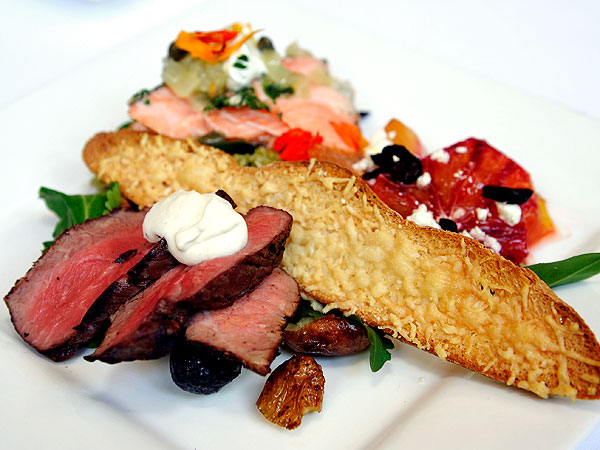BEIRUT, Lebanon — The tensions had been simmering for months in the northern Syrian town of Saraqib. Civilian antigovernment activists had complained of rebel fighters needlessly destroying a milk factory and treating residents disrespectfully. A growing contingent of jihadist fighters from the ideologically extreme and militarily formidable Nusra Front was suspicious of the activists’ secular, nonviolent agenda.
On Thursday, mistrust erupted into confrontation. Masked men believed to be with Al Nusra raided the headquarters of two secular civilian grass-roots organizations — setting in motion one of the most dramatic tests yet of the makeshift system of local governance that civilians and fighters have established in Saraqib, a rebel-held town.
The dispute also tests the clout of jihadist fighters and the ability of civilian opposition groups to stand up to them. The increasingly prominent role of jihadist battalions on the battlefield in Syria worried the United States enough to blacklist Al Nusra last year as a terrorist organization, an effort to isolate it that may have backfired. The Syrian opposition is ambivalent about the group: while many antigovernment activists oppose its vision of an Islamic state and complain of attempts to enforce pious practices, its relatively steady arms supply and string of battleground victories have brought it respect.
The dispute in Saraqib began when a group of masked men raided two organizations run by local activists, a new cultural club and a social work office, the activists said. At the second office, where Danish journalists and two visiting female Syrian activists were staying, the men seized fliers advocating nonviolence, and ordered the group to leave town by sunrise, according to activists and one of the journalists, a filmmaker. The masked men were angry, the witnesses said, in part because the visiting Syrian activists were not covering their hair in accordance with the practice of many pious Muslims. The men also declared that they preferred foreign journalists entering the country to be men.
Northern Syria is socially conservative, and many people there, regardless of their feelings about extremist groups, might expect female visitors to cover their hair. One activist in the area said the Syrian women had upset people with their dress and behavior. The filmmaker, who asked not to be named for safety reasons, said the women were respectful and came from a group called Waw al-Wasel that had produced an ethics guide for rebel fighters, quoting the Koran and other sources.
A number of Saraqib activists were enraged by the masked men’s interference with Syrian civilian activities. They denounced the fighters on social media. “Shabiha,” one activist, Ahmed Kaddour, called them in a Facebook post, using a term usually reserved for pro-government militias. But they also decided to fight back more concretely.
A contingent of local activists and 40 other residents went to the town’s court of Islamic law and filed a complaint. They insisted on holding accountable the local council, whose security committee the masked men claimed to represent, and the town’s military command, the Revolutionary Front of Saraqib. Both groups denied involvement and refused to confront the attackers. That further angered the activists, who said they had recognized the intruders as Nusra members and complained that the local council and military commanders were either sanctioning or ignoring abuse.
“We are currently waiting for the court to finish its investigation,” Assaad Kanjo, 21, a local activist with both Islamist and secular contacts, said in an interview via Skype. “We hold the Revolutionary Front of Saraqib responsible for the safety and well-being of all Syrian civilians and foreign and Arab journalists living in Saraqib.”
Members of Al Nusra later took a conciliatory tone, Mr. Kanjo said, sending mediators to the activists and calling for “extinguishing strife” and uniting against the government. Emboldened, the activists went a step further, demanding an official apology from the local council and the attackers’ brigade, and asking them to take disciplinary action against the attackers.
“I won’t put up with their intimidation tactics anymore,” said Iyas, a civil activist in Saraqib and the owner of the cultural club, who provided only his first name for safety reasons.
This article has been revised to reflect the following correction:
Correction: January 26, 2013
An earlier version of this article misidentified the time of day that masked men set as a deadline for visiting Syrian activists to leave Saraqib. It was sunrise, not sunset.











